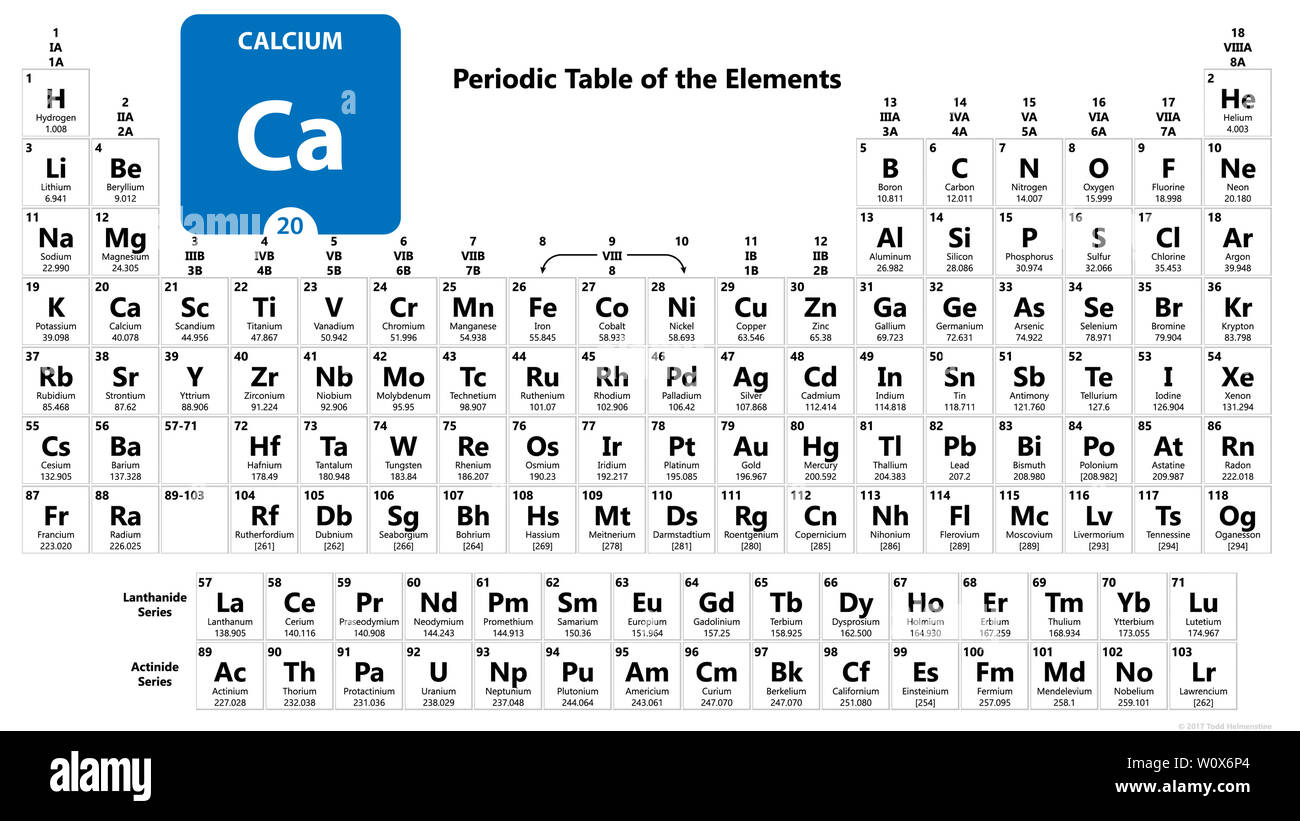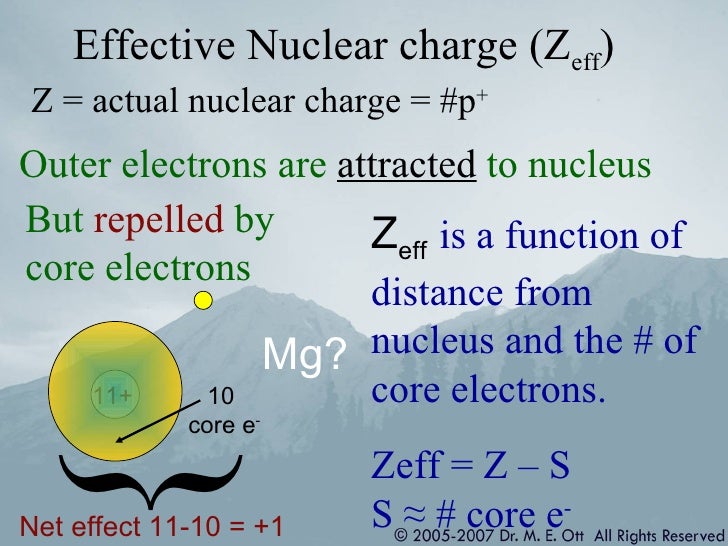

In the periodic table, the elements are listed in order of increasing atomic number Z.Įlectron configuration of Calcium is 4s2.

The number of electrons in each element’s electron shells, particularly the outermost valence shell, is the primary factor in determining its chemical bonding behavior. The configuration of these electrons follows from the principles of quantum mechanics. Since the number of electrons and their arrangement are responsible for the chemical behavior of atoms, the atomic number identifies the various chemical elements. Each electron is influenced by the electric fields produced by the positive nuclear charge and the other (Z – 1) negative electrons in the atom. Therefore, the number of electrons in neutral atom of Calcium is 20. The number of electrons in an electrically-neutral atom is the same as the number of protons in the nucleus. Although extremely neutron-rich for such a light element, 48Ca is very stable because it is a doubly magic nucleus, having 20 protons and 28 neutrons arranged in closed shells. 46Ca and 48Ca are the first “classically stable” nuclides with a six-neutron or eight-neutron excess respectively. It is produced in the silicon-burning process from fusion of alpha particles and is the heaviest stable nuclide with equal proton and neutron numbersĬalcium-42 is composed of 20 protons, 22 neutrons, and 20 electrons.Ĭalcium-43 is composed of 20 protons, 23 neutrons, and 20 electrons.Ĭalcium-44 is composed of 20 protons, 24 neutrons, and 20 electrons.Ĭalcium-46 is composed of 20 protons, 26 neutrons, and 20 electrons. By far the most common isotope of calcium in nature is 40Ca, which makes up 96.941% of all natural calcium. Calcium is the first (lightest) element to have six naturally occurring isotopes.Ĭalcium-40 is composed of 20 protons, 20 neutrons, and 20 electrons. Natural calcium is a mixture of five stable isotopes (40Ca, 42Ca, 43Ca, 44Ca, and 46Ca) and one isotope with a half-life so long that it can be considered stable for all practical purposes (48Ca, with a half-life of about 4.3 × 1019 years). Mass numbers of typical isotopes of Calcium are 40 42 43 44 46. Isotopes are nuclides that have the same atomic number and are therefore the same element, but differ in the number of neutrons. The difference between the neutron number and the atomic number is known as the neutron excess: D = N – Z = A – 2Z.įor stable elements, there is usually a variety of stable isotopes. Neutron number plus atomic number equals atomic mass number: N+Z=A. The total number of neutrons in the nucleus of an atom is called the neutron number of the atom and is given the symbol N. The total electrical charge of the nucleus is therefore +Ze, where e (elementary charge) equals to 1,602 x 10 -19 coulombs. Total number of protons in the nucleus is called the atomic number of the atom and is given the symbol Z. Here are some examples.Calcium is a chemical element with atomic number 20 which means there are 20 protons in its nucleus. The formula for an ionic compound must contain the same number of positive and negative charges so that the charges are balanced and it is neutral overall. Cations are positively charged ions, and anions are negatively charged ions. The table shows the names and formulae of some common ions.

To deduce the formulae of ionic compounds, the formulae of their ions can be used.


 0 kommentar(er)
0 kommentar(er)
